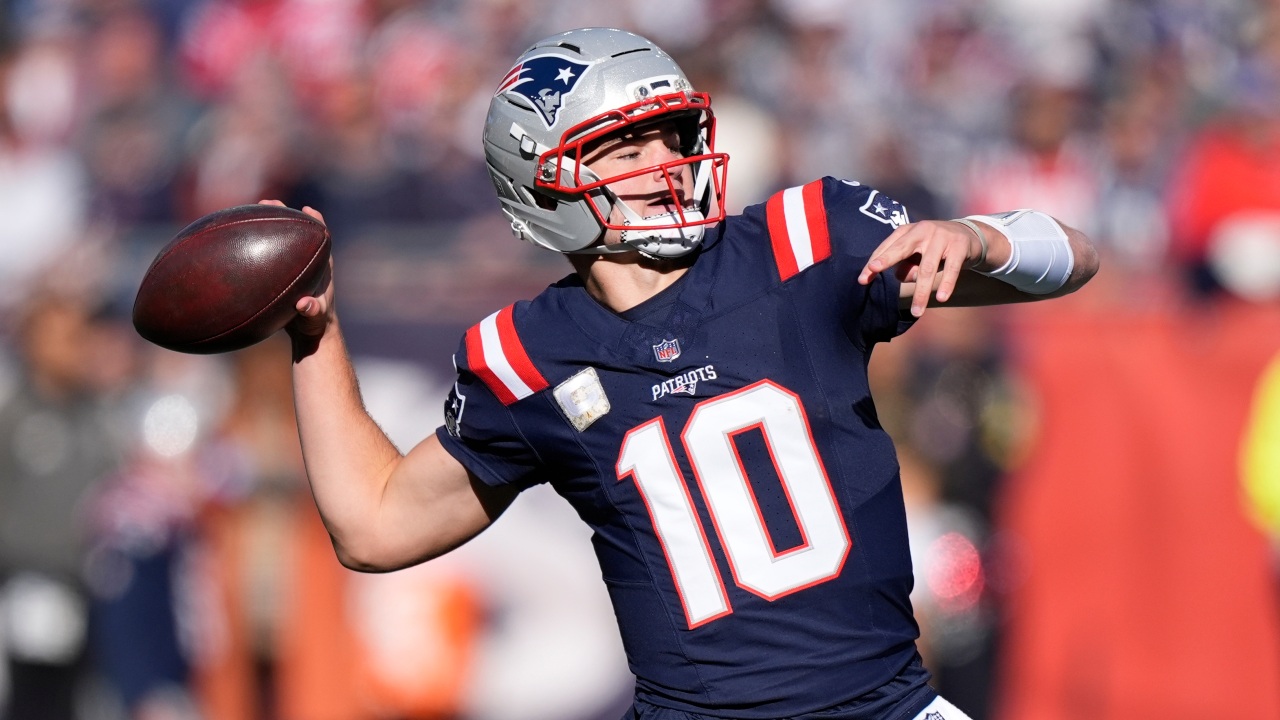
This piece first appeared in Sportsnet’s weekly Blue Jays newsletter. Submit your email address below to get exclusive content about the team in your inbox every Friday.
One third of the way through the 2021 season, the Blue Jays are in a reasonably good spot. Not only are they on pace for 87 wins — they also have George Springer working his way back to action and a schedule that will soon get easier. A 90-win season remains in reach, especially with the right deadline additions.
As with most contending teams, the search for upgrades likely begins with pitching for the Blue Jays. How could it not when so few relievers on the current roster are truly trustworthy? And when there’s room to upgrade the rotation, too?
Asked Tuesday where the front office could look to improve in the months ahead, team president Mark Shapiro noted the bullpen’s recent struggles and acknowledged that’s an area that needs some attention. If the Blue Jays don’t explore potential pitching upgrades, they won’t be doing their jobs.
Yet late in their win over the Marlins Wednesday, another one of the Blue Jays’ weaknesses was nearly exposed, and that moment could offer a road map for a summer move oriented around offence.
Granted, on a team defined in large part by its emerging offensive core, the need for bats seems less urgent, especially at a time that the Blue Jays lead the American League in OPS. But there’s nothing wrong with building on a strength — or, in this case, addressing a weakness within a strength.
As Shapiro said, “There are multiple ways to improve.”
With the Blue Jays trailing by two runs in the ninth inning Wednesday, Reese McGuire stepped up to the plate with none on and none out. Traditionally, this is a clear pinch-hitting scenario as McGuire, a backup catcher with a lifetime .282 on-base percentage, is not the guy you want up when you need baserunners.
Yet the Blue Jays’ bench that day consisted of Jonathan Davis, Santiago Espinal and Danny Jansen, none of whom represented a significant offensive upgrade over McGuire in that moment. As such, manager Charlie Montoyo let McGuire hit, and he was rewarded with a single that led to an important rally.
But just as it’s important to separate good process from bad results, it’s worth untangling bad process from good results. Yes, McGuire deserves credit for what he did, and the results were undeniably good. Whether that’s sustainable is another question.
Ideally, the Blue Jays would have a better bench bat available later in the summer when they’re trailing late in games. And because bloated pitching staffs make it harder to carry many bench players, it’s that much more important to be sure the ones you do roster bring a distinct and valuable skillset. Like getting on base regularly, for instance, or hitting balls over the outfield wall.
Eventually, the likes of Springer and Cavan Biggio will return, strengthening the Blue Jays’ overall roster and pushing others to lesser roles. That would help. So too would a big-league breakthrough from a minor-leaguer like Otto Lopez or Kevin Smith. This improvement doesn’t have to come via trade. At the same time, it’s naive to expect further injuries won’t occur as the season progresses and perhaps overly hopeful to count on prospects to fill that void.
With that in mind, the Blue Jays should keep their eyes on veteran hitters who could deepen their offensive core. At first glance, left-handed hitters like Kyle Seager, Colin Moran, Joey Gallo and Kyle Schwarber appear to be some of the many hitters who could provide this kind of upgrade later in the summer. The asking price would be high on some of those players, but if nothing else, those possibilities would be worth exploring alongside the expected search for arms.
Because while pitching will likely be the main focus for the Blue Jays, there’s no reason they can’t work on two fronts at once. And seeking potential bench upgrades now sounds preferable to proceeding with a roster on which the backup catcher is the best late-inning on-base option available.





